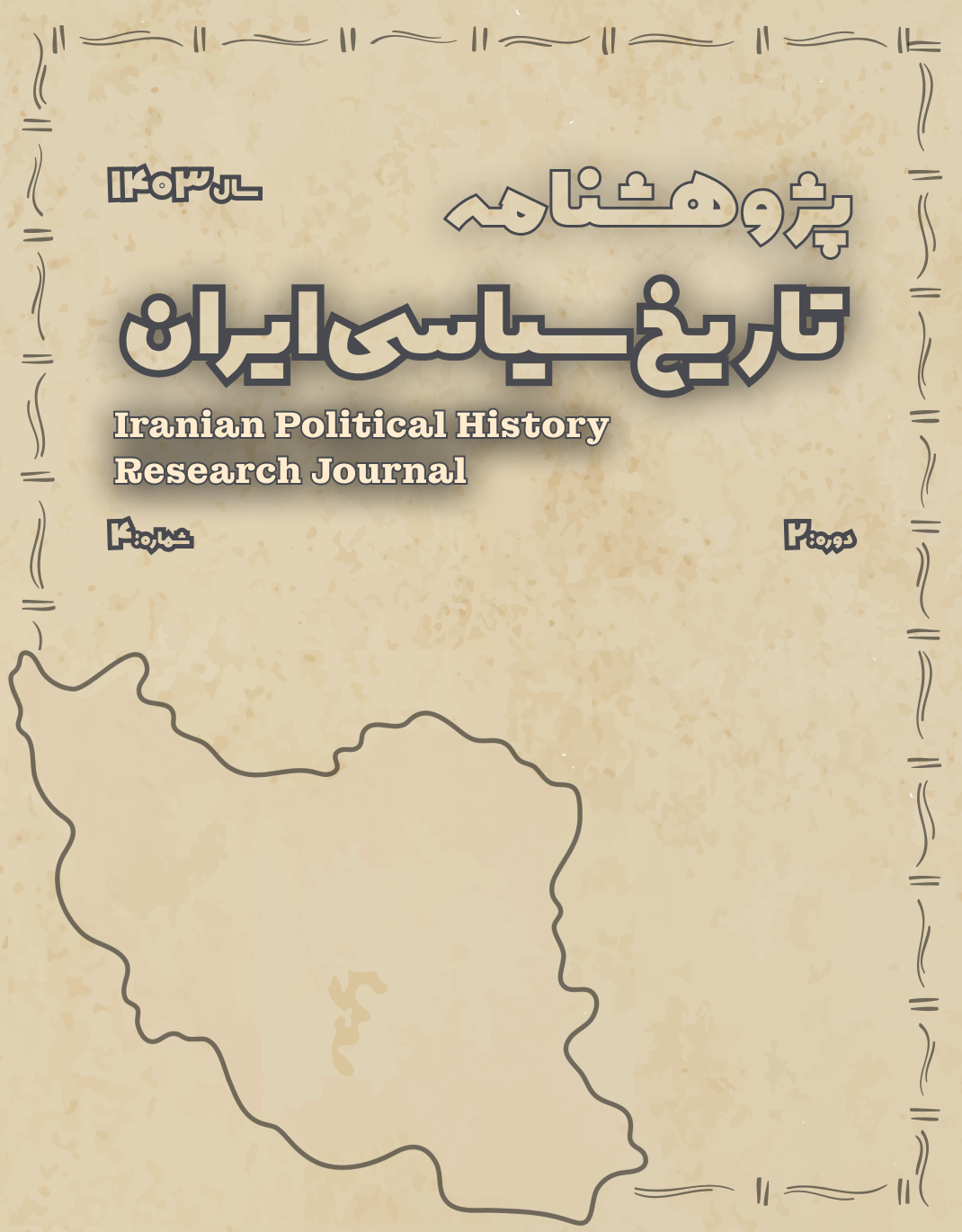دیوانسالاری ایرانی در خلافت عباسی: مطالعهای بر نفوذ سیاسی نخبگان ایرانی در بغداد
کلمات کلیدی:
خلافت عباسی, دیوانسالاری ایرانی, برمکیان, نخبگان ایرانی, مشروعیت سیاسی, عدل, فرّه ایزدی, بغداد, دولت اسلامیچکیده
مقاله حاضر به بررسی نقش نخبگان ایرانی در ساختار دیوانسالاری خلافت عباسی پرداخته و نشان میدهد که این نخبگان چگونه با انتقال سنتهای اداری، مفاهیم حکمرانی و اندیشههای سیاسی ایران پیشااسلامی، به تکوین دولت اسلامی در بغداد یاری رساندند. پژوهش با بهرهگیری از روش تاریخی–تحلیلی و مطالعه منابع کلاسیک مانند تاریخ طبری، مسعودی، جهشیاری و نیز آثار پژوهشگران معاصر مانند پاتریشیا کرون، هیو کندی و کلیفورد باسورث، به بررسی زمینه تاریخی شکلگیری خلافت عباسی با مشارکت ایرانیان، ساختارهای دیوانی بغداد، و صعود و سقوط خاندانهایی چون برمکیان، آل نوبخت و آل سهل میپردازد. یافتههای پژوهش نشان میدهد که ایرانیان نهتنها در سطوح اداری و مالی خلافت ایفای نقش میکردند، بلکه در انتقال مفاهیمی چون «عدل» و «فرّه ایزدی»، بازتعریف نهاد وزارت، و شکلدهی به گفتمان مشروعیت سیاسی خلافت نیز نقش بنیادین داشتند. این مقاله همچنین به تعاملات پیچیده عرب و عجم در دربار عباسی پرداخته و نشان میدهد که در دل این تعاملات گاه متعارض، نوعی همزیستی تمدنی شکل گرفت که منجر به ظهور مدلی ترکیبی از حکومت اسلامی با رنگوبوی ایرانی شد. نتیجهگیری مقاله حاکی از آن است که دولت عباسی، بهویژه در سدههای دوم تا چهارم هجری، بدون حضور و تأثیر نخبگان ایرانی، قادر به تثبیت نهادی و بقای بلندمدت نبوده است و دیوانسالاری آن، نمونهای روشن از امتزاج سنت ایرانشهری با ساختار خلافت اسلامی است.
دانلودها
مراجع
Bosworth, C. E. (1975). The Later Abbasid Caliphate: From al-Mutawakkil to al-Mustasim. Edinburgh University Press.
Crone, P. (1980). Slaves on Horses: The Evolution of the Islamic Polity. Cambridge University Press.
Crone, P., & Hinds, M. (1986). God’s Caliph: Religious Authority in the First Centuries of Islam. Cambridge University Press.
Daniel, E. L. (1979). The Political and Social History of Khurasan under Abbasid Rule 747–820. Bibliotheca Islamica.
Kennedy, H. (2004). The Prophet and the Age of the Caliphates: The Islamic Near East from the Sixth to the Eleventh Century. Pearson Education.
Lassner, J. (1970). The Shaping of Abbasid Rule. Princeton University Press.
Mottahedeh, R. P. (2001). Loyalty and Leadership in an Early Islamic Society. I.B. Tauris.









